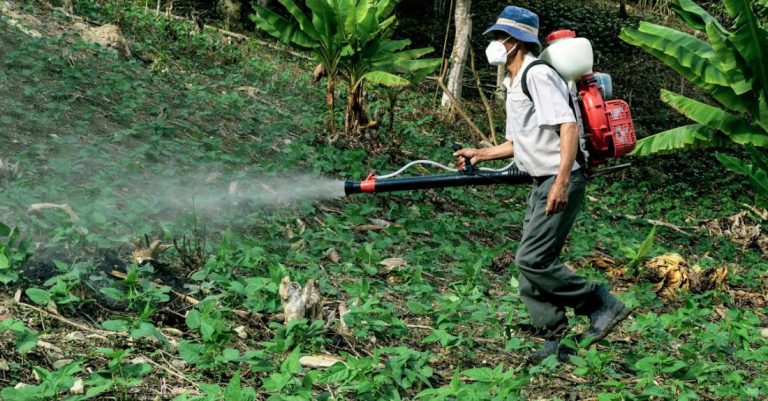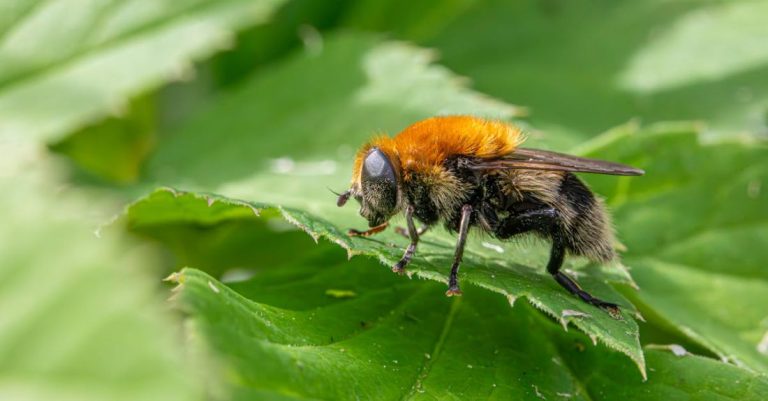
Plant diseases can wreak havoc on your garden or indoor plants, causing wilting, yellowing leaves, and stunted growth. Understanding the most common plant diseases and how to treat them can help you effectively manage and prevent these issues. By recognizing the symptoms early and taking appropriate action, you can protect your plants and keep them healthy. Let’s delve into the world of plant diseases and explore some effective treatment methods.
### Fungal Diseases
Fungal diseases are among the most common plant ailments, affecting a wide range of plant species. Symptoms of fungal diseases include spots on leaves, powdery mildew, and rotting roots. To treat fungal diseases, it is important to remove and destroy affected plant parts to prevent the spread of the fungus. Applying fungicides as a preventive measure can also help protect your plants from fungal infections.
### Bacterial Diseases
Bacterial diseases can cause wilting, rotting, and leaf spots on plants. These diseases are often spread through contaminated soil, water, or tools. To treat bacterial diseases, prune infected plant parts and dispose of them properly. Using copper-based fungicides can help control the spread of bacterial infections in plants.
### Viral Diseases
Viral diseases are caused by viruses that affect plant growth and development. Symptoms of viral diseases include stunted growth, mottled leaves, and distorted flowers. Unfortunately, there is no cure for viral diseases in plants. The best approach is to prevent their spread by removing infected plants and controlling the insects that transmit the viruses.
### Root Rots
Root rot is a common problem caused by waterlogged soil, poor drainage, or fungal pathogens. Symptoms of root rot include wilting, yellowing leaves, and stunted growth. To treat root rot, it is essential to improve soil drainage and reduce watering frequency. Applying fungicides specifically designed to combat root rot can also help save your plants from this deadly disease.
### Powdery Mildew
Powdery mildew is a fungal disease that appears as a white powdery substance on plant leaves. It thrives in humid conditions and can quickly spread to other plants. To treat powdery mildew, remove affected leaves and improve air circulation around the plants. Applying a fungicidal spray containing sulfur or potassium bicarbonate can help control powdery mildew and prevent its recurrence.
### Rust
Rust is a fungal disease that manifests as orange or brown pustules on plant leaves and stems. It is often caused by moisture on the plant surface and can weaken the plant over time. To treat rust, prune and dispose of infected plant parts and avoid overhead watering. Applying a fungicidal spray containing neem oil or sulfur can help eradicate rust and protect your plants from further damage.
### Leaf Spot
Leaf spot is a common fungal disease characterized by dark spots on plant leaves. It can be caused by various fungi and bacteria and is often spread through splashing water or contaminated tools. To treat leaf spot, prune and discard infected leaves, and avoid overhead watering. Applying a fungicidal spray containing copper or chlorothalonil can help control leaf spot and prevent its spread to healthy plants.
### Conclusion: Protecting Your Plants
In conclusion, understanding the most common plant diseases and how to treat them is essential for maintaining healthy plants. By promptly identifying the symptoms of plant diseases and implementing appropriate treatment measures, you can safeguard your garden and indoor plants from harmful pathogens. Remember to practice good hygiene, proper watering techniques, and regular inspection of your plants to prevent the onset and spread of diseases. With vigilance and care, you can enjoy a thriving garden filled with vibrant, disease-free plants.





